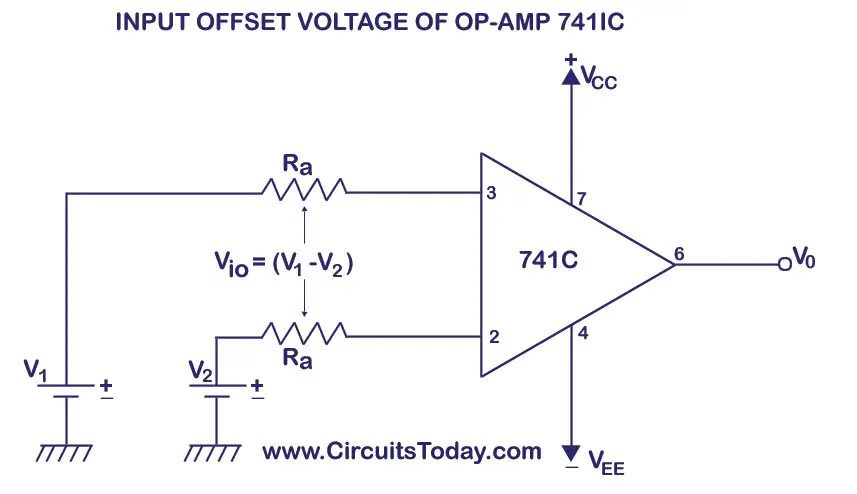
This difference shows up in the rail-to-rail op amp data sheet as two or more common-mode rejection ratio (CMRR) specifications. Offset voltage and common-mode voltage are compared for nine typical OPA316 RRIO op amps. As Figure 4 illustrates, there’s a pronounced shift in V OS as operation changes from the PMOS to NMOS transistors, and the shift can be in either direction.Ĥ. (Source: Texas Instruments)įor example, the input common-mode voltage (V CM) range of the OPAx316 family of RRIO devices extends 200 mV beyond the supply rails. Crossover distortion occurs during the transition region, when both sets of transistors are conducting. Within this region, the value of V OS can change-this is a source of distortion known as input crossover distortion.ģ. The two input transistor pairs are independent, so their input offset voltages, temperature coefficients, and noise are uncorrelated.ĭuring the transition from the PMOS pair to the NMOS pair, and vice versa, there’s a crossover region at ≈1.8 V below the positive rail where both inputs are conducting (Fig. The PMOS transistors can operate with common-mode input voltages from V SS to (V DD-1.8V), and the NMOS transistors can operate with common-mode input voltages from (V DD-1.8V) to V DD. The composite input stage of a rail-to-rail op amp contains both PMOS and NMOS differential pairs. As shown in Figure 2, the input circuit of a typical rail-to-rail CMOS op amp has two differential pairs-one PMOS transistor pair (blue) and one NMOS transistor pair (red)-compared to the single pair of a non-RR design.Ģ. The output voltage can typically swing to within 10 mV of the rails.Īchieving rail-to-rail performance requires the designer to make some compromises that affect the offset-voltage performance. The input common-mode range extends 100 mV beyond the supply rails, both positive and negative. As system voltages declined and battery-powered equipment proliferated, the preferred choice for many precision applications became a low-voltage single-supply op amp that could swing to the supply rail on both input and output, referred to as an RRIO device.Ī state-of-the-art device such as Texas Instruments’ new OPAx320-Q1 family of CMOS precision low-voltage RRIO op amps can operate from a single supply of only 1.8 V, or alternatively, a ☐.9-V split supply. The supplies’ input and output voltages could swing to within a volt or so of the rails before running out of headroom. Offset Voltage and Crossover Distortion in Rail-to-Rail Op AmpsĮarly op-amp designs required dual power supplies (☑5 V was typical). Offset voltage drift (dV OS/dT) is expressed in terms of the number of microvolts increase per degree of temperature change (µV/☌). The offset voltage of an op amp drifts over temperature.

A trimming procedure during manufacturing is used to reduce the offset voltage, and op amps that exceed the maximum allowable offset voltage after trimming are rejected. Over the years, better matching of components and improved package materials have slowly reduced offset voltages. In a typical application, the differential voltage is multiplied by the closed-loop gain of the op amp, which is determined by the external components. These factors cause a mismatch of the bias currents flowing through the input circuit of the op amp, resulting in a voltage differential at the input terminals. Stresses placed on the die during packaging also make a minor contribution. Input offset voltage is primarily due to the inherent mismatch of the input transistors and components during die fabrication. In real devices, the offset voltage can be negative or positive in polarity and vary from die to die in the same wafer lot.


OP AMP OFFSET NULL SERIES
In the model, a voltage source in series with the positive or negative input terminal represents the offset voltage. Our ideal op amp has zero volts across its input pins when the output is zero, but in reality, the input terminals are at slightly different dc potentials.

Offset voltage (V OS) is the differential dc voltage required between the input pins of an op amp to make its output zero. The model of a real-world op amp (b) is considerably more complex than its ideal equivalent (a).


 0 kommentar(er)
0 kommentar(er)
